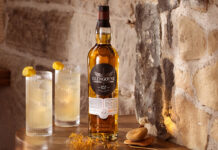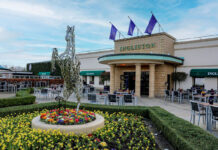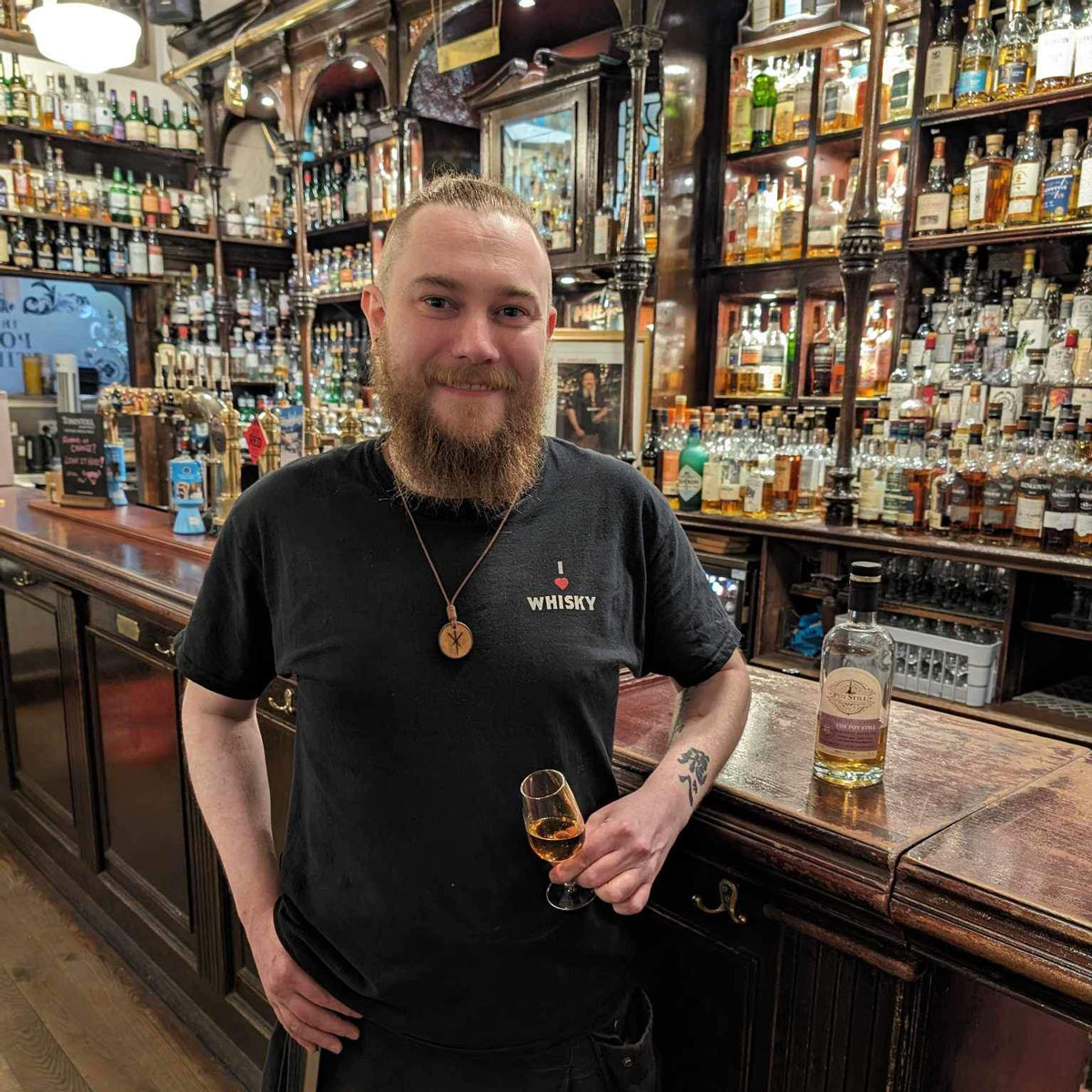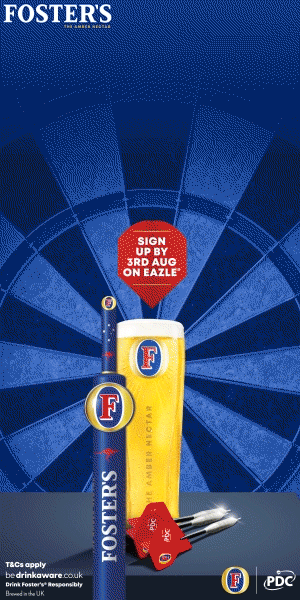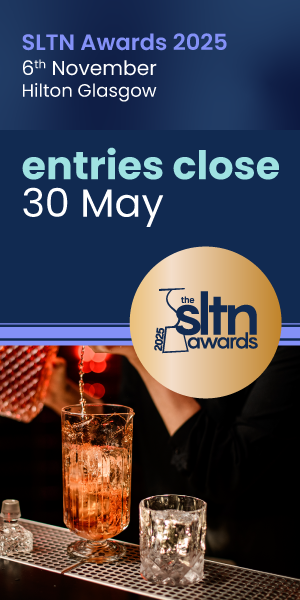A hot opportunity in the licensed trade

AS licensed premises look to target that illusive daytime pound, a selection of quality hot beverages has arguably never been more important.
As with drinks categories such as beer or spirits, however, consumer expectations when it comes to hot beverages are said to be higher than ever.
In 2020, ‘quite good’ might not be quite good enough.
“Coffee drinkers’ expectations have never been higher,” said Kathryn Oldershaw, marketing director at tableware supplier Utopia.
“The coffee itself has drastically improved over the years and the way it is served has become an art form in itself.”
Lee Stones, global product marketing manager of catering equipment specialist Burco, said licensees now “need to ensure that their own hot beverage offering matches the quality that consumers have come to expect on the high street”.
And tastes are said to be changing.
Zareen Deboo, foodservice channel operations manager at Ferrero UK & Ireland, claimed hot chocolate “has seen the greatest growth of all hot drinks over the last year”, with customers “increasingly looking for the best hot chocolate experience on offer and something different to what they’d drink at home”.
There has also been a shift towards tea in the past year, according to the Catering Equipment Suppliers Association (CESA).
John Whitehouse, chair of the organisation, said that while the past few years have seen “an explosion” in speciality coffees, more recently tea “is very much back on the scene”.
“The tea blends have changed, with herb, fruit and floral infusions amongst the nation’s favourites, alongside the classic blends and single estate specialities,” said Whitehouse.
“In accordance with this, manufacturers have devised more environmentally-friendly ways to make a brew and get the most from the demand.”
This was supported by Allan Pirret, sales director of Novus Tea, who reckoned demand has been driven by younger consumers looking for healthy alternatives to alcohol.
“They’re looking for innovative blends that not only taste great, but that also have clearly defined functional benefits; these options are right on-trend at the moment,” said Pirret.
“This demand is also being driven by the move away from drinking alcohol among young people (more than a quarter of 16 to 24 year olds are teetotal) and a backlash against sugary soft drinks.
“Tea, hot brew or cold brew, is the new ‘cool’ drink for millennials and Gen Zs.”
The right equipment – and staff confident enough to use it – are central to getting a hot beverages offer right, and Whitehouse at CESA said proper training is essential.
“Staff misuse is still the biggest cause of service call outs, so make sure everyone knows how to operate and clean all appliances,” he said.
“Also make sure they understand the significance of any warning alerts that the machine may flash up, and know to respond to them right away.
“Manufacturers and suppliers should be willing to train your staff.”
Technological advancements have also helped to reduce the pressure on staff by providing an easier-to-use alternative, according to David Rees, marketing manager of equipment supplier Taylor UK.
He said automatic or semi-automatic machines are “essential for operators who don’t have the capacity to employ expert baristas, but still want to produce consistently high quality results”.
“Self-service machines can speed up throughput and reduce costs by not needing to have coffee stations staffed,” said Rees.
“This is possible as technology becomes more advanced, with touchscreens giving customers and operators alike the ability to access a visual guide of the drinks that are available.
“This interface can often be customised and offers a more reliable method of monitoring and controlling an appliance.”




